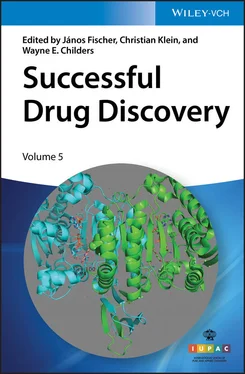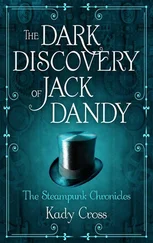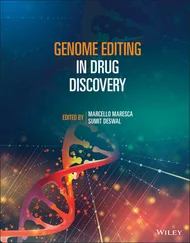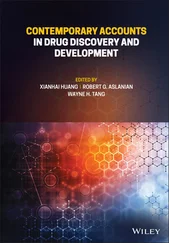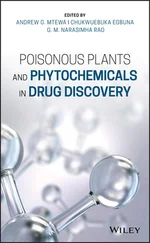1.2.1 Thalidomide Derivatives
A second example is the utilization of thalidomide, lenalidomide, and pomalidomide for treatment of leprosy and various cancers. After the infamous and tragic history of thalidomide, it would be nearly impossible for any researcher in a big pharmaceutical venture to revive this drug. Being approved in Germany in 1957, thalidomide was frequently used for treatment of morning sickness. As the side effect profile seemed very favorable, it was frequently used by pregnant women. However, in 1961 reports on increased birth defects were reported, which were finally linked to thalidomide. These defects led to a significantly increased mortality at birth as well as to limb deformations, heart problems, and other side effects. It is estimated that more than 10 000 children were born with limb defects. The retraction of the drug from the European market led to introduction of a requirement for more stringent characterization of drug safety during the registration process. Teratogenicity is now one of the flags that will lead to exclusion of a drug from almost any optimization program, as it is difficult to rule out any erroneous use in women of child‐bearing age. However, by 1964, only three years after market withdrawal, Jacob Sheskin from Hadassah University in Jerusalem used thalidomide to treat patents in serious condition of leprosy [9]. In his original publication, Sheskin referred to administering thalidomide to six leprosy patients as a sedative drug; however, to his surprise the disease condition of all six patients improved. The initial study was followed by multiple comparative studies and the clinical benefit, in particular with respect to onset of action, and good tolerability became evident. Thalidomide was finally approved for treatment of leprosy in 1998.
Further research by Judah Folkman's laboratory at Children's Hospital at Harvard Medical School demonstrated that thalidomide effectively inhibited angiogenesis induced by fibroblast growth factor 2, offering a potential mechanistic explanation for the observed limb deformations [10]. Angiogenesis, however, is a hallmark of tumor growth, so in 1997 a trial was started [11] to examine the efficacy of treatment with thalidomide in patients with multiple myeloma, a hematological cancer that was not curable by conventional chemotherapy. A response rate of 32 % was observed. Actually, a first oncology clinical trial of thalidomide had already been performed as early as 1965. Olsen et al. [12] treated 21 patients suffering from various types of advanced cancers with thalidomide. Overall no inhibitory effect of tumor progression was observed in this study. The authors described subjective palliation in one third of patients. Albeit no tumor regression was observed, the authors noted a possible temporary slowing of rapidly progressing cancer in two patients. Interestingly, one of them was suffering from multiple myeloma.
1.2.2 Chemotherapy: Nitrogen Mustards
Another example of drug repurposing is the establishment of chemotherapy for treatment of cancer. Mustard gas was one of the deadliest and most detestable weapons used in World War I, leading to the death of hundreds of thousands of people. Stimulated by findings in medical records of soldiers exposed to mustard gas, which noted that significant changes in the blood composition were observed (notably a pronounced leucopenia), [13] Milton Winternitz, a chemist, teamed up with two pharmacologists at Yale University, Louis Goodman and Alfred Gilman. They decided to investigate potential therapeutic effects of chemical warfare agents for potential treatment of cancer ( Figure 1.2). While sulfur lost (S‐lost) proved too volatile for therapeutic use, the corresponding nitrogen derivative (N‐lost) was more amendable to administration. The hydrochloride salt was significantly safer to handle and solutions for injections could be readily obtained before the anticipated use by dissolution in sterile saline. In a mouse model of lymphosarcoma, rapid tumor regression was observed, albeit the authors noted that required doses were close to toxic levels and tumor reoccurrence was inevitable [14]. However, a first human patient was treated on 27 August 1942, a date that can be regarded as the birth of chemotherapy. J.D. (only the initials of said patient are known today) suffered from advanced non‐Hodgkin's lymphoma [15]. He was already treated with radiation therapy, but the tumor still spread and left the patient in a very severe condition. He thus volunteered to participate in an exploratory study, and indeed daily injections of the drug were able to reverse the symptoms. Rapid tumor regression was observed and his overall condition improved significantly. Unfortunately, the effects were relatively short‐lived. A second series of injections was still able to provide some relief from tumor reoccurrence, but a third round of treatment could not improve the patient's condition any more, and J.D. died 96 days after the first injection. However, his lifespan was likely significantly prolonged, and these results spurred further clinical investigation [16]. Overall, beneficial effects have been observed for patients suffering from Hodgkin's disease or lymphosarcoma, albeit the effects were transient and the therapeutic window was narrow. These initial studies had already been performed during World War II, but as chemical warfare agents were the subject of investigation, they were regarded as classified information, which delayed publication until 1946. Publication of these results caused a wave of initial excitement, but the limited duration of treatment effects and the inability to ultimately cure cancer led to a change in mindset and to a widespread pessimism in the medical community. The resulting belief that cancer could be not cured by chemical agents lasted for many years. Still these hallmark results form the foundation of chemotherapy and led to the development of other alkylating agents like chlorambucil, melphalan, and cyclophosphamide ( Figure 1.2), which are better tolerated and are still used today in clinical practice. It is noteworthy to correct a historical mistake that is frequently made. The bombing of a ship in Bari during World War II, which led to exposure of the crew to mustard gas, is often cited as the discovery of mustard's antitumor activity and the discovery of chemotherapy. This is not correct. Despite the fact that severe leucopenia was also observed in affected soldiers, the German air raid on the ships in the harbor of Bari took place on 2 December 1943, more than a year after patient J.D. had been treated. The development of chemotherapy is a fascinating topic, which has been reviewed in appropriate detail elsewhere [17].
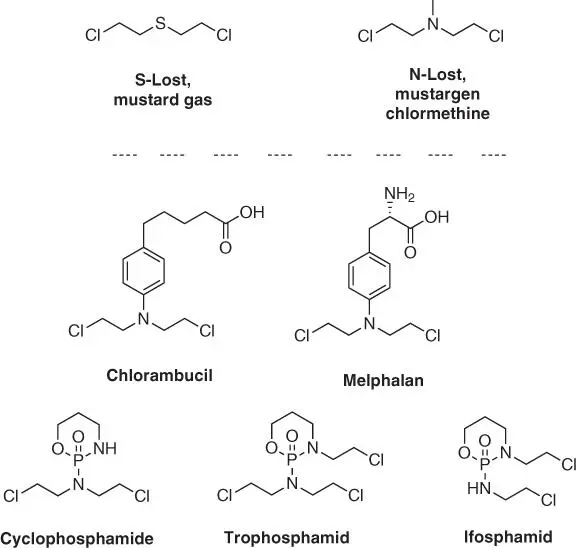
Figure 1.2 S‐Lost, N‐Lost, modern agents.
The discovery of pregabalin by Richard Silverman [18] and coworkers is a great example of successful identification of a small‐molecule drug in academia. γ‐Aminobutyric acid (GABA) was recognized early on as an important inhibitory neurotransmitter in the brain ( Figure 1.3) [19]. The observation that GABA levels and L‐glutamic acid decarboxylase (GAD) activity is decreased in a number of pathologies like epilepsy, Alzheimer's, and Parkinson's disease has sparked the search for drugs to increase GABA levels in the brain. Pursued strategies include development of GABA receptor agonists, GABA uptake inhibitors, and inhibitors of 4‐aminobutyrate‐oxo‐glutarate aminotransferase. The latter enzyme is the key catabolic enzyme of GABA. Inhibitory effects of hydroxylamine on γ‐aminobutyric acid aminotransferase (GABA‐AT) were described already in 1961 [20]. In 1966, inhibition of (GABA‐AT) by aminooxyacetic acid was disclosed [21].
Читать дальше
